

Replayability in Game Design
source link: https://medium.com/super-jump/replayability-in-game-design-798fbb91a726
Go to the source link to view the article. You can view the picture content, updated content and better typesetting reading experience. If the link is broken, please click the button below to view the snapshot at that time.
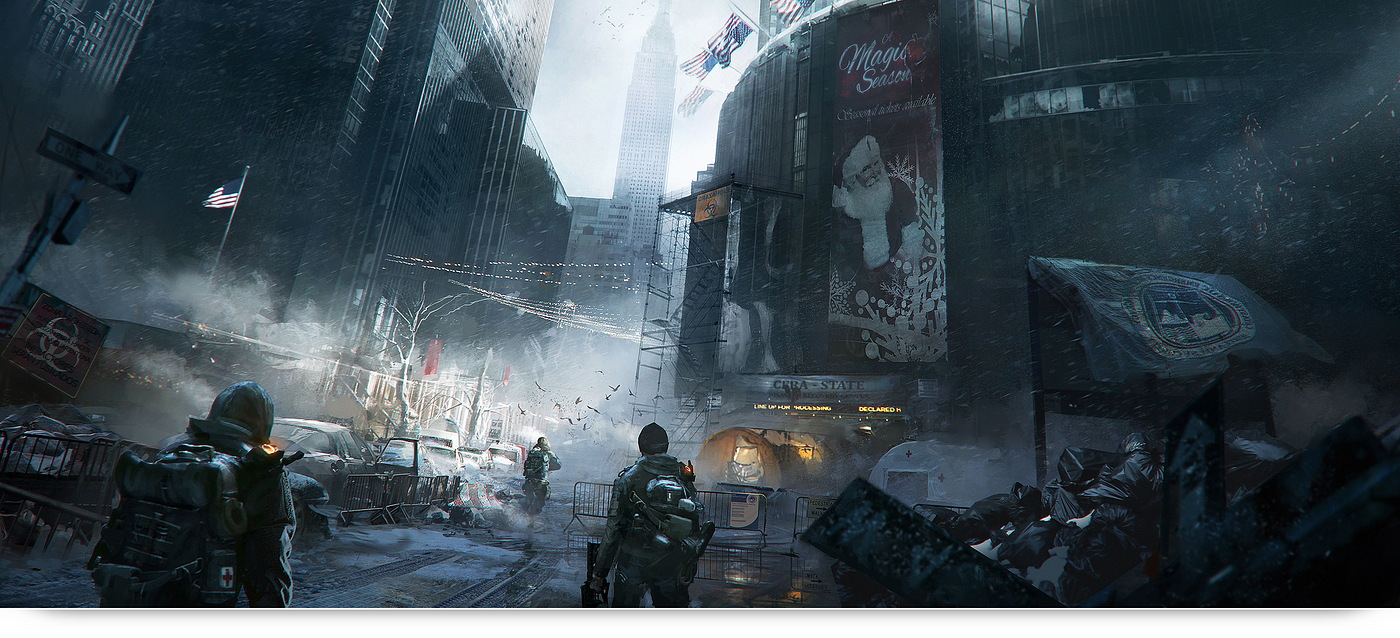
Replayability in Game Design
A deep dive into what drives gamers to keep coming back
In this multi-part feature, I’m going to discuss several key design elements that contribute to making games replayable. Too often, both designers and consumers think that randomly-generated content is enough, but there’s a lot more to it than that.
Let’s start by discussing biomes in video games; not only what a biome means for creating game spaces, but also the content within them.
Biome building
A biome can best be described as a large, naturally occurring collection of fauna and flora in a given area. While that makes sense in a real-life context, game design is a different matter. For this reason, I’d like to define video game biomes in this way:
Biome: A collection of all the predefined elements that can appear within a given gamespace.
Any game that makes use of random or procedural-generated environments is built on a biome philosophy. Biomes are designed around randomly creating an area that will include some (or all) of the preset values somewhere within the space.
These values can range from enemies and gear, to resources, and even the environment itself. The point is that no matter how “random” the game design appears to be, it’s still built on the basis of pre-determined values/numbers. Obviously, the more biomes you design for your title, the more varied potential game spaces will be.
Fundamentally, it’s important to be able to frame your game design (and balance) around biomes.
Generating space
Biomes represent an easy way to start framing how your game space is going to look on any given playthrough. When having the game generate the world, you need to think about how the biomes are going to be structured around the player.
If the player needs Item A at the very beginning of the game, yet said item first appears in Biome 3, then you need to make sure that biome is going to be close by. Likewise, if you put all your hardest content into one specific biome, then you need to make sure the game doesn’t drop the player into it from the get-go.
How deep you make your game will affect the biomes that you are going to use. Some games make use of a preset world, but shift the general orientation of the environments or events within them. The other extreme is literally having the game create the entire world from scratch as we see in Dwarf Fortress-styled titles.
An important detail that good designers make use of is to try and mask the fact that the environment was designed around the different gameplay sections being stitched together. You may use specific environmental details to “bridge” the biomes, or let the borders have elements that bleed through.
Even though biomes can keep the gamespace from being the same each time, you have to understand their limitations for replayability.
Randomly fixed
Building your game space around biomes is an important first step to create replayability, but biomes themselves don’t solve every problem. As mentioned, a biome will always be defined by preset values that are specified in advance.
No matter how many components you add to a biome, the fixed elements will not change from playthrough to playthrough. This is especially true of survival games where the player will need the same resources every time they play, no matter how different or varied each play through actually is.
It becomes very easy to see inadequate biome design as just shuffling the same elements around within a rigidly fixed structure. You need to strike a balance between having enough preset elements to define your game, while still avoiding a high degree of repetition from moment-to-moment.
Another problem is when a biome is just focused on points of interest and nothing else. In this case, the game space becomes very repetitive as the vast majority of it serves no purpose. It’s also a good idea to present multiple biomes as alternatives instead of just relying on the same set.
This is just one of the elements that made The Binding of Isaac’s expansions work. While the player will go through the same order of stages, later expansions introduced new biome variations that could show up to positively disrupt the moment-to-moment gameplay.
Let’s discuss another major element of replayability: item/loot generation. The ability to either create new items on the fly, or use pre-defined items randomly, can contribute significantly to variance and replayability. Just like biomes, however, there is more to understand than just having the game randomly drop things in the player’s lap.
Item pools
Before I discuss loot tables and their implications, I want to focus on a simpler, but still vital system. For games that want to create huge swings with their items or gear, some developers opt for an “item pool” system.
The item pool refers to the game randomly giving the player set items from a massive pool. These items are hard-coded in their design and typically appear at fixed locations or events in the game (you could compare this to the way scripted events operate in games). Some major examples of games that do this would be The Binding of Isaac, Enter the Gungeon and FTL.
As the player, you have a good idea as to what could show up (and when), but you don’t necessarily know what you’re going to get. For games built purely around player skill, an item pool is typically used as there is less abstraction impacting events (a good Binding of Isaac player can make do with a bad draw if their skill can carry them).
When designing and balancing an item pool, there are several considerations to take into account. The first one is obvious: The larger the group of items, the less chance there is of the player getting the same ones each time. Because the game is not procedurally generating equipment on the fly, any game that goes with an item pool design must come with a large pool by definition. The size is going to depend on how much you can impact the mechanics and the length of a play.
Balancing an item pool can be tough. Not every item can be an all-powerful game-winning option, but you also want to avoid having items that are fairly useless. With The Binding of Isaac, there are items that are amazing with no apparent downsides, but they are only a handful compared to all the items in the game.
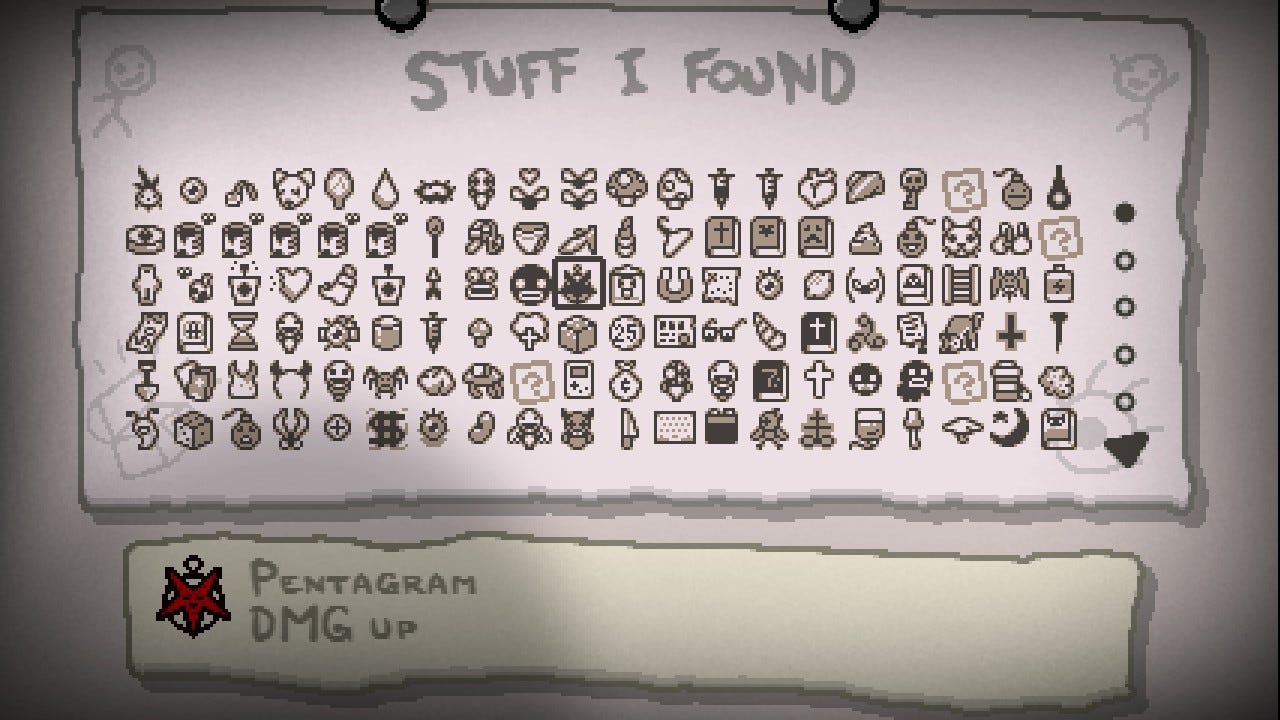
An item pool is only as good as the quantity and quality of choices.
You need to consider balancing with the understanding that the player is never going to get everything in a single run. If you do your job right in terms of balance and item pool size, the chance of the player getting a game-breaking build on any given play through should be minimal.
That is also why you want to avoid having legitimately bad options: Items that will simply never work for a given player build in any combination. The beauty of games that leverage a cleverly-designed loot pool is that some crazy player builds can come together through combining all sorts of different items (which each have their own value).
One of the problems that I had with Enter the Gungeon was the fact that so many guns were simply “joke weapons”, and the ones that were run winners were few and far between.
With that said, let’s move on to discuss the cases where games “create” the items dynamically during play.
Loot tables
A loot table is an essential part of any game where the design requires procedurally-generated items to drop. The concept behind a loot table involves building an algorithm that will generate an item based on hard-coded attributes defined by the developer. Typically, the loot table will start with the most general details and then work its way towards specific ones.
The loot table’s purpose is simple: To provide a way to generate an endless amount of items for the player to find. Unlike the item pool, the items generated via a table are not necessarily as deep or complex in terms of what they can do. Whatever “item type” the table chooses typically has the most impact on how the item will influence the gameplay. This is important, because it would be easy to throw all balance out the window if the game could just generate new mechanics and modifiers to attach to the items.
Loot tables are more popular in RPG-styled games, where there is some level of abstraction at the heart of progress. Loot tables are an essential part of the ARPG gameplay loop of Fight — Get Loot — Grow Stronger, and it’s easy to see why.
When loot tables work, they can keep people coming back for more, and as long as you don’t run out of numbers, the experience can be extended indefinitely. Of course, loot tables are subject to a similar design principle to biomes: that is, simply implementing randomised elements alone is not enough to produce replayability.
Slot machine power
The first big point about loot table design is that you are throwing out any chance of accurately knowing the player’s strength at any given point of the game. That means you need to be careful when balancing enemy encounters, as you’ll have some players who have gotten lucky with item generation and some who didn’t.
This is why contemporary developers make use of a gear rating system as an abstract measurement of the gear’s power. That affords a little more leeway when it comes to defining enemy attributes and provides a rough idea of how strong the player is.
Another point is that with so much gear being generated while playing, you need to make it easy for the player to determine if they should replace what they’re wearing. I can’t tell you the number of times when I play ARPGS that I just stop because I can’t decide what gear to wear. Diablo 3 did this by condensing all stats down into three categories: Power, Health, and Defense, for someone to look at.

Eventually, the search for loot will become more and more repetitive.
But perhaps the biggest issue with loot tables compared to loot pools is that they have very little impact on the actual gameplay. No matter what game design we’re talking about, there will always come a point when the player is not changing anything they’re doing, and the only form of progress is numerical.
Swinging a sword that does 5 or 5 million points of damage doesn’t necessarily change the act of actually swinging it. Eventually, the push for higher numbers will no longer motivate the player. If the only thing you’re doing to the enemies is raising their attributes, then the player will not have anything new to fight on their endless grind.
One final point about loot: When I talk about a loot table, I’m not suggesting that only one exists for the entire game. Typically, developers will create multiple loot tables based on the character’s level that will scale the attributes up. This is important, because it helps to make sure that the player will continue to find gear comparative to their level and grow in power.
There is another very important element to video game replayability: multiplayer. Depending on who you talk to, multiplayer can be the make or break point for a game. And yet, despite its popularity, I haven’t seen a whole lot of discussion about why multiplayer makes a game more replayable.
Artificial friends
In games where the player and computer players (AI) are dealing with the same mechanics, the AI is usually handicapped when compared to the human player. We are still not at the point where AIs can mimic human reaction and improvisation when it comes to gameplay — at least, not for the most part. To compensate, designers will give the AI advantages (for example, a strategy game might grant AI players additional resources). Another thing designers will do is deliberately limit the effectiveness of AI players in cooperative gameplay so that they don’t just play (and win) the game by themselves.
Regardless of the advantages conferred to them, AI players are built to react to the human player’s actions. Master level play comes down to figuring out how to get the AI to behave how you want and crush it; this concept lies at the heart of speed running. Given enough time, a player will figure out exactly how to exploit the AI, thus shattering the suspension of disbelief.
Where AI players have in-built handicaps in terms of how they can relate to human players, other human players do not.
The human factor
Multiplayer, whether larger or small in scope, is about the excitement and uncertainty of playing against other people. Unlike AI opponents, humans don’t have a set (and therefore, clearly exploitable) way of behaving. For good and bad, you never know what a human player will do.
One of the best examples of this is the world of e-sports. The entire industry has been built on the technical skill and mastery needed to play certain games at the grand master level. A big draw for the Battle Royale genre has been the very fact of having 100 players go at it on a single map and watching the spectacle unfold.
Having said that, there is a deeper discussion about what human players add to a game, and it gets at the heart of the matter.
User-generated content
No matter what kind of design we’re talking about, multiplayer in any form creates something special: user-generated content. For my purposes here, user-generated content will be defined as a player either direct or indirectly creating content for other players to consume or interact with.
This is also where the social aspect of multiplayer games factor in. There have been numerous stories of friendships, romance, rivalries, and more, forming from multiplayer games. Being able to interact with someone who you know is a real person is fundamentally different from talking to an NPC who only has fixed dialogue options and behaviours.
When it comes to content being generated by players, there are two main categories. The first is content that adds something tangible to the game — for instance, mods or custom content. The second is the very act of having people in the game space, and the way this influences the moment-to-moment gameplay experience.
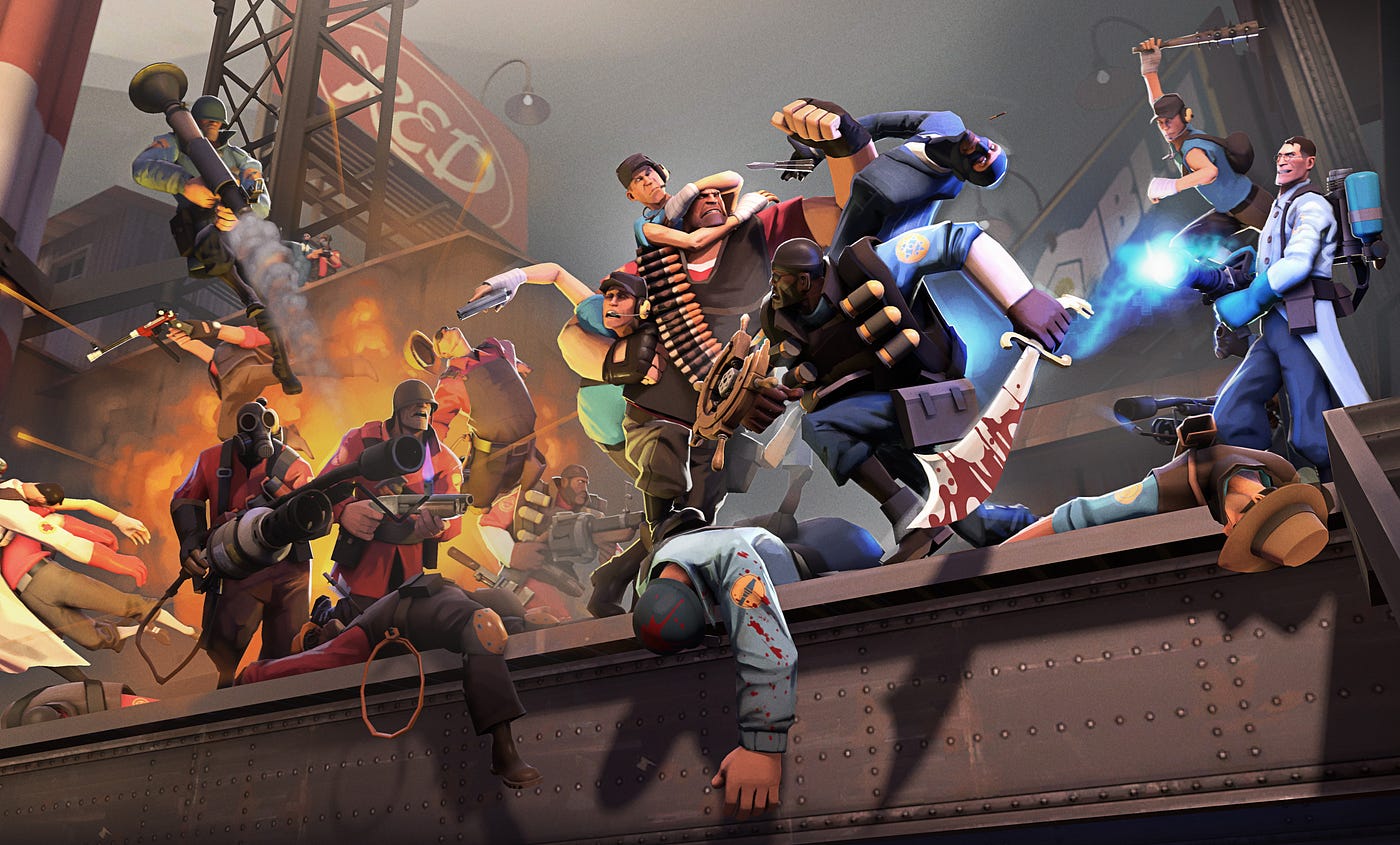
Valve’s Team Fortress 2 famously incorporates both kinds of user-generated content.
User-generated content is required for any game to establish and retain a multiplayer community; if there aren’t enough people able to support your game, it doesn’t necessarily matter how great the core game experience is — in a multiplayer setting, the size and activity of the community is the game’s lifeblood.
As long as you have a community willing to stay for the long term, you will have an endless amount of user-generated content for your game.
Free development
Finally, I want to turn to an unintentional benefit of multiplayer. For titles built around the games as a service model, there is a lot of content and constant development needed to keep people engaged.
It could be argued at this point that it’s impossible for a design team to create all that content at the rate players consume it. What multiplayer does is provide a foundation for the playerbase to essentially “create” more content and ways to play.
Going back to Battle Royale design, development teams don’t need to create dozens of maps, because that’s not the main focal point of play; it’s the people who you’re playing against. This is often why many MMOs and MMO-like designs typically leverage PVP as the core of the end-game experience. Once players are fully powered up, what better way to show off their powers and skills than to fight against other players?
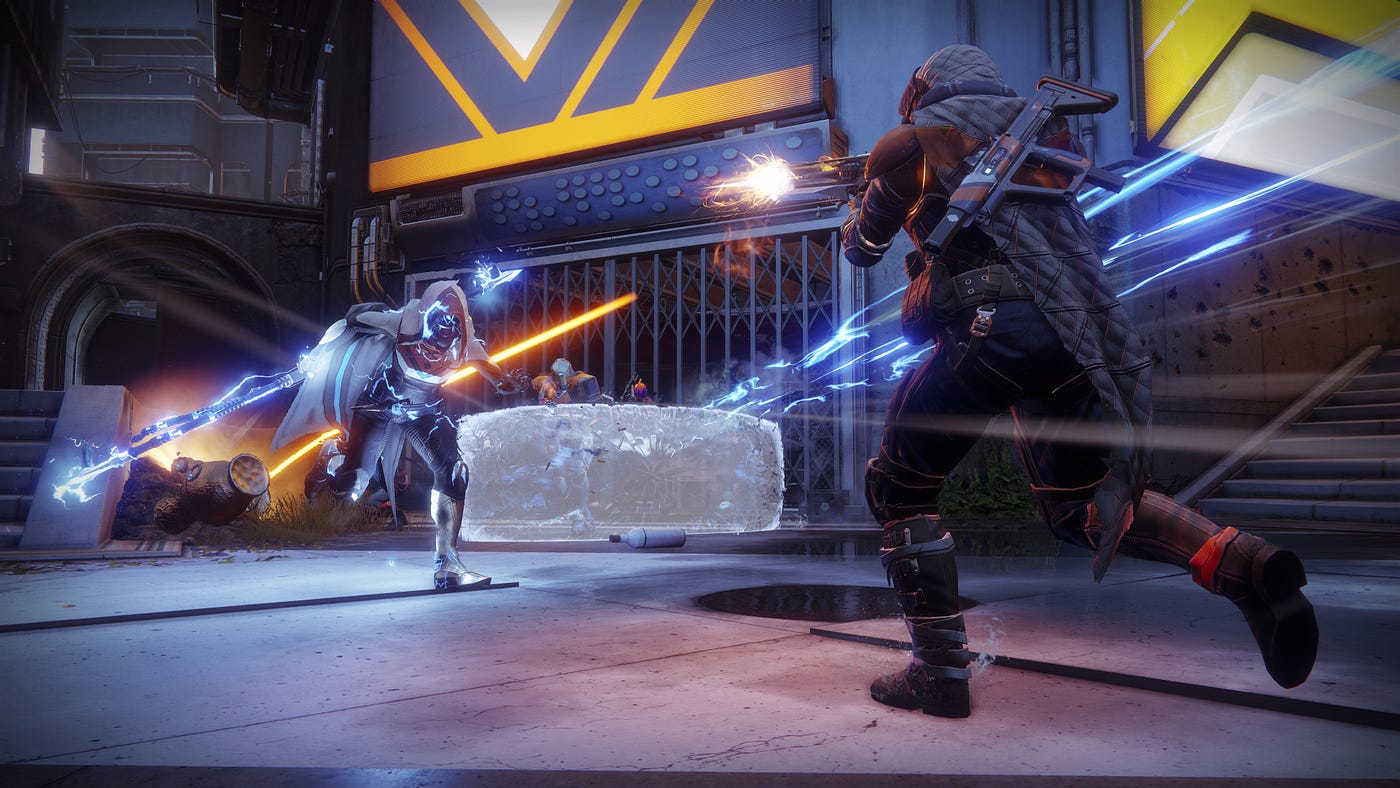
The Crucible — Destiny 2’s PVP experience — plays a crucial role in the game’s replayability.
Remember: As long as you have a community who is still playing and supporting your game, players can be sure that every match, map, etcetera, will be a different experience. This frees up the design team to dream up new elements that can be integrated into the user-generated content. In short, you can create more with less, by leveraging community creativity.
We’re almost there; but before I finish, I want to cover a couple of increasingly-important (and increasingly-used) techniques to extent replayability: procedural and random content generation. I’m not going to dwell on this for too long, as it’s a topic I’ve discussed at length before.
Randomized content
Whenever a game has to generate anything — biomes, items, enemies, and so on, there are two broad categories to consider.
“Randomly generated” refers to a game pulling from preset, or already generated, elements and placing them in the game space. The use of loot-boxes and gacha design are salient examples of randomized content; in these cases, the game is simply choosing from a pre-defined menu of creations and not creating anything new in situ.
The major difference between randomized and procedural content is that randomized content has already been pre-designed; it is simply being selected and placed randomly in the game world based on a set of rules governing the process.
Creating brand new stuff on the fly? That’s where we start getting into procedural content.
Procedural content
Procedural content is when the game will generate content either during the running of a game, or at the initial load. Be it new loot drops, game spaces, or enemy types, there are a lot of options here.
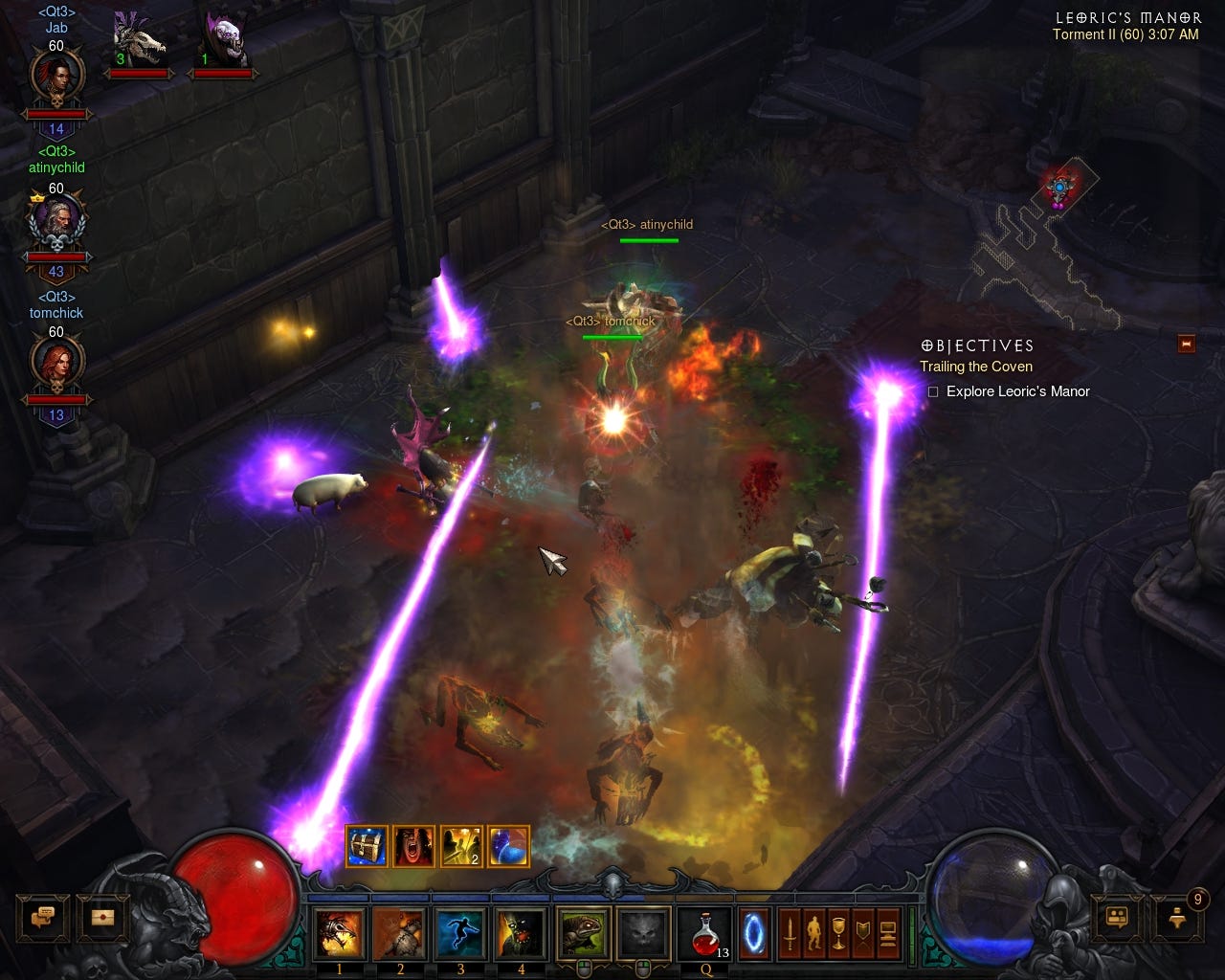
All procedural generated content is about setting an algorithm, or set of instructions for the game engine to follow, when creating something during the play. This is where the concept of “loot tables” (as discussed earlier) comes in.
It’s important to understand that procedural generation still relies on fixed elements defined and created by the designer for the game to use when creating something new. With all that said, it’s worth considering a not-so-simple question.
What’s better?
While it may be easy to separate the two forms of design in principle, it’s not really a case of which one is better, but how to apply them in a game.
Having a large enough pool of random content can be just as effective as procedurally generating it. Not only that, but many of the best and most replayable games will use a combination of both. With The Binding of Isaac, the items generated randomly came from a fixed pool of items, and the levels were procedurally generated from a set of fixed rooms. Figuring out what content will add the most bang for your buck can keep improving a game’s replayability.
With both XCOM Enemy Within and XCOM 2 War of the Chosen, a lot of the new content added was supplemental; expanding the choices that could possibly arise without directly adding to the game length. For games built on being replayed over multiple playthroughs, being able to make each play through feel different is crucial. Understanding what qualities keep people coming back and extending those is a big part of improving replayability in your game.
Once you have defined an algorithm in a procedural generation context, you’re typically not going to add a new one. Just like with random generation, the best way to improve is to add more elements for the game to draw from when building its content. New item modifiers, enemy types, environmental details, and more, are just a few of the examples.
I’ve discussed numerous individual elements that contribute to replayability. But how can a developer tie all of these things together? And when they do, what qualities should they be looking for in the design? The key word, it seems to me, is variance (or variability).
Keeping it varied
Once the player starts to feel like they’re just repeating the same things over and over again (at least in a way that feels like they are simply going through the motions), the magic is lost. With the popularity of rogue-like and rogue-lite designs today, many game designers use the elements I’ve discussed above to combat that feeling.
Defining variance
Variance, for my purposes, will be defined by how many different and viable ways the game can be played. “Different and viable” create important context here, and this is an area where lesser rogue-likes slip up.
Earlier, when discussing random and procedural design, I talked about micro and macro changes in the games. Micro changes impact the short-term play of a title, and macro affects the experience over the entire playthrough. A quick example would be how what can appear in a biome’s play space would be micro, and the actual design and variables would be the macro.
The problem with many titles that make use of randomized elements is that they don’t create a different way to play. This is especially true of the survival genre; I believe it to be the least replayable style of game built on randomized game spaces.
The reason is that the player’s objectives are always the same no matter what, and so are the resources needed. This is where the importance of biome design comes into play, given that biomes directly impact what can possibly appear in the world, they will alter how the game is played.
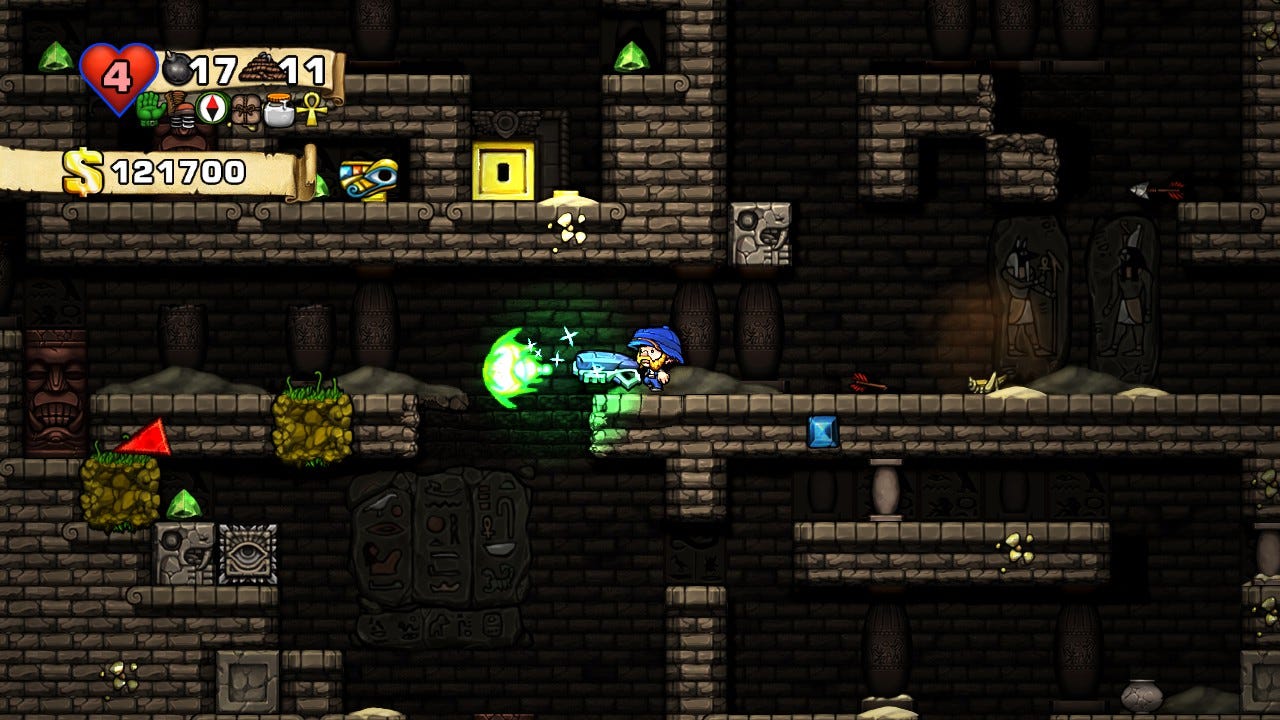
Rigidly-fixed biomes could restrict game variance.
Going back to Spelunky for a second, while it is both an amazing game and a great example of procedural generation, it doesn’t have a lot of variance. The only elements that change what the player will respond to are the biomes (cave, jungle, ice, temple, hell).
However, because the player tackles each biome in the same order regardless of the playthrough, the play experience each time is highly uniform. The only exceptions are the events that can happen (spider invasion, UFO, darkness) that changes the state of the level.
So much for variance. What about viability? Well, a critical aspect of viability is that the content (however it is generated) must be beatable by the player on any given run. If the pool of winnable elements is too small, it creates situations where there are only a limited number of ways to actually beat the game. A big problem with FTL, for example, is that no matter how well each run plays out, the player is going to lose unless they have the specific means to counter the rebel ship at the end.
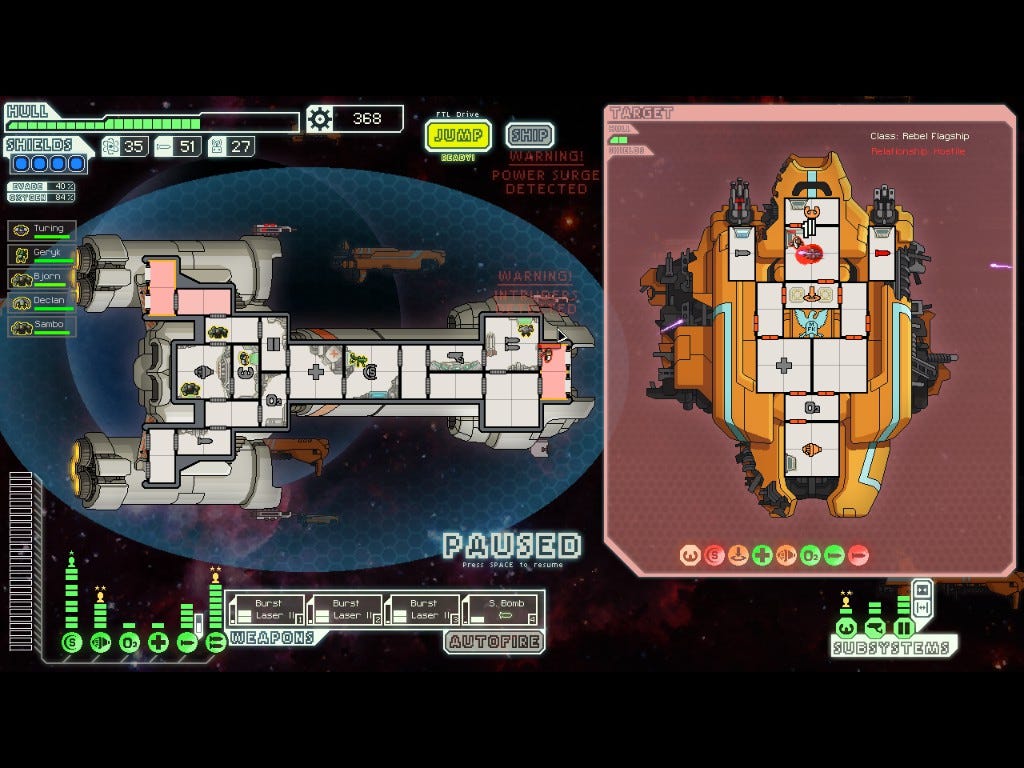
Another point is games that use persistent systems to unlock the a winnable pathway over the course of multiple runs. We see this in games like Rogue Legacy or In Celebration of Violence, where the player had no way to win the game on their first set of runs, and had to level up to stand a chance.
Before I talk about how to actually create variance in your title, let’s briefly look at one of the best examples — one that I’ve referenced multiple times in this article.
The Binding of Isaac
This is one of my favorite games and one of the best examples of variance. The key to Isaac’s replayability comes down to how many elements are shuffled throughout a given run. Playing the game, here are the elements that I know are fixed:
- How to control Isaac
- The biome layers to expect
- What room types can appear
- Who are the end bosses
Now, here’s what the game shuffles up on each playthrough:
- What rooms will be used
- What enemies (and their variants) will fill the rooms
- What items will appear
- What biome variants will be used
- What regular bosses (and their variants) will be used
- Will a curse modifier be applied
A typical Isaac run can last between 30 minutes to an hour, but I know that no matter how many times I play it, I’m going to get a completely different experience.
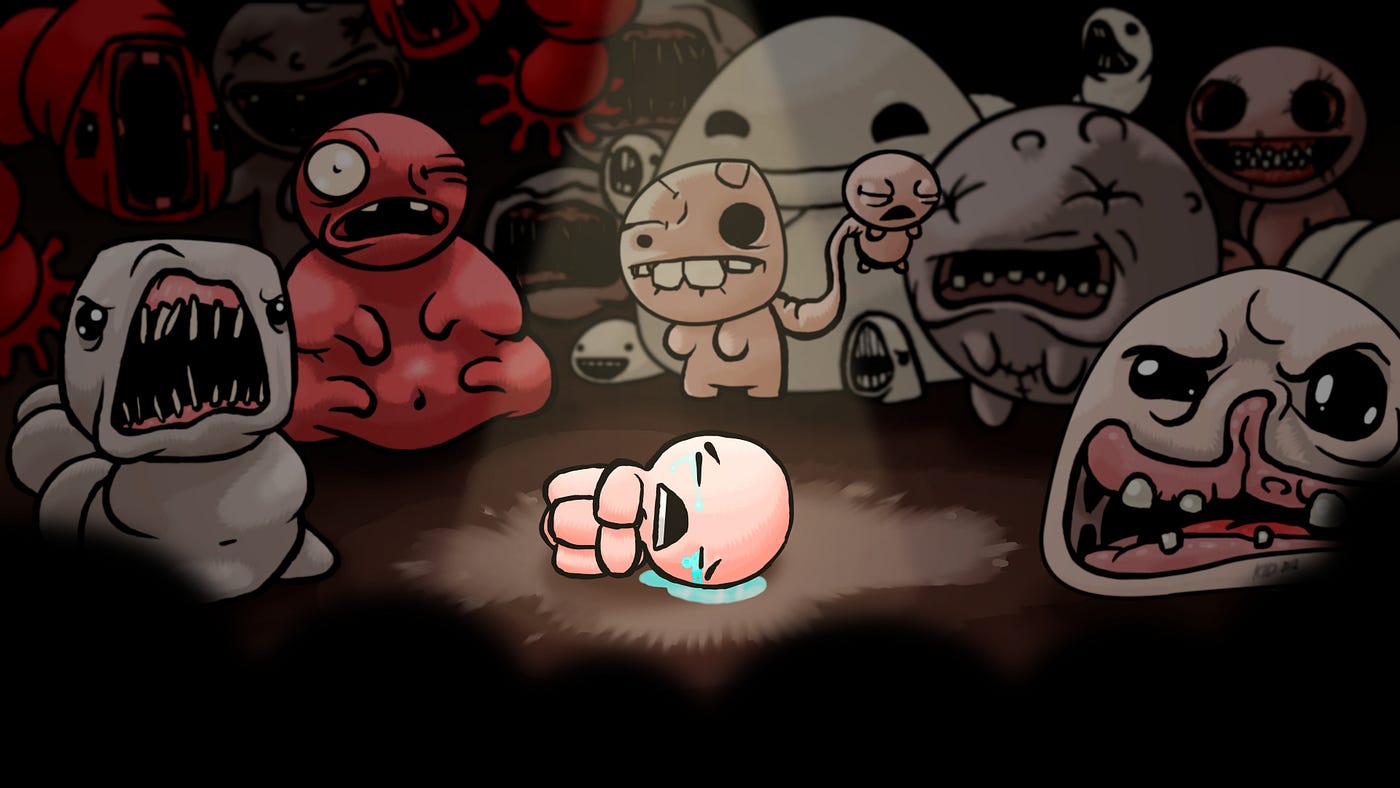
Not only that, but due to how the game handles persistence (by unlocking new items and harder levels through play) I can technically beat Isaac on the very first run. Granted, that first run will be tame compared to one several hours in, but it’s a great example of how the design naturally grows.
How to create variance
The key to creating variance is to do everything you can to reduce the number of set or fixed elements in your game. If the player always knows that X is going to happen, or that they will require item 1, a highly repeatable (and predictable) pattern is established.
Games that are built on a high degree of variance keep the player guessing as to what they’re going to encounter and how they might deal with said encounter. This is why playing against other human beings provide variance compared to AI players with a fixed spectrum of predictable behaviours.
Even if your game does have a fixed endpoint, there is a lot you can do to keep the game from becoming routine. You could have alternate win states, different events that could show up at different times, and more.
Variance becomes more important as players re-play your game; this means that, while the overall experience in terms of length might remain the same on each re-play, it’s possible — and desirable — to provide for a level of variation during each re-play.
Thank you for reading this exploration of replayability in game design. I’d love to read your thoughts and feedback; please feel free to add a comment below so that we can continue the discussion.

Original article courtesy of Game-Wisdom. Edited and re-published with permission.
Recommend
About Joyk
Aggregate valuable and interesting links.
Joyk means Joy of geeK